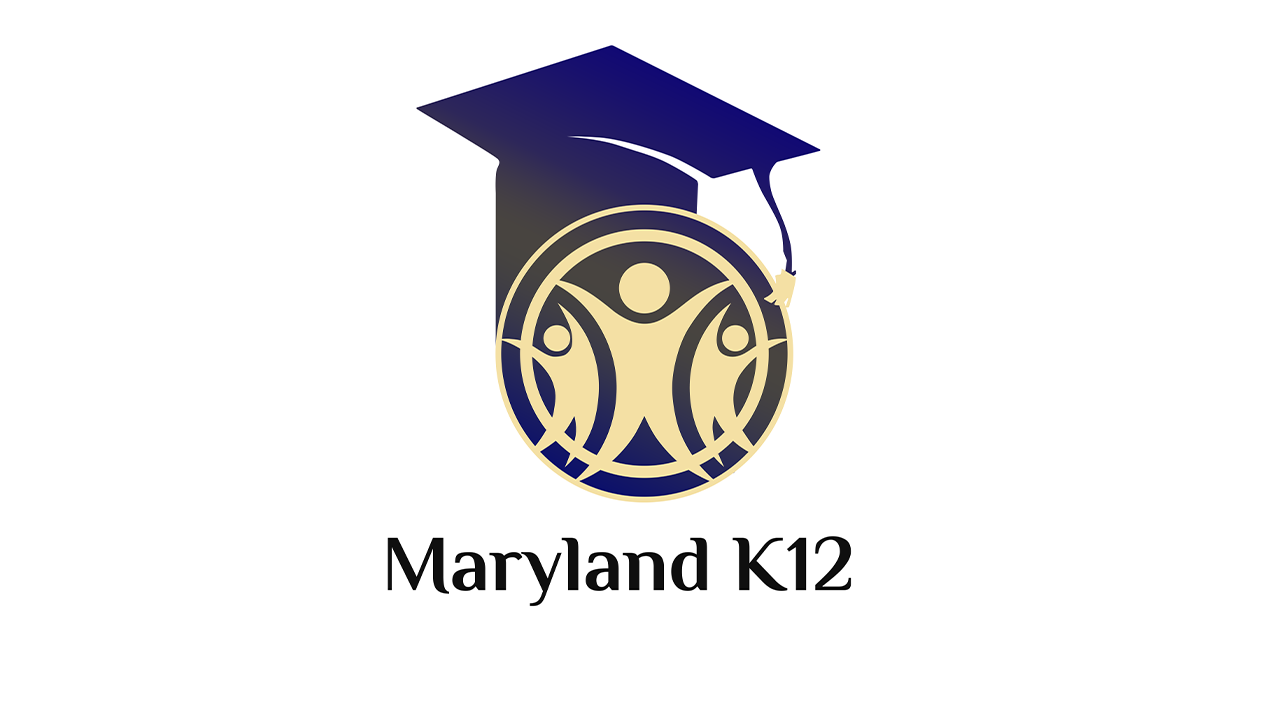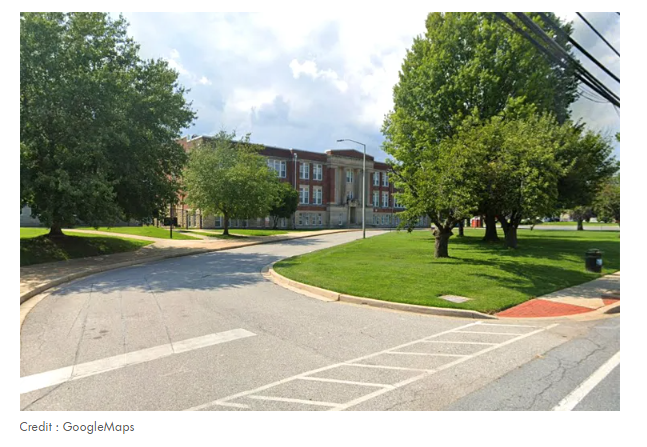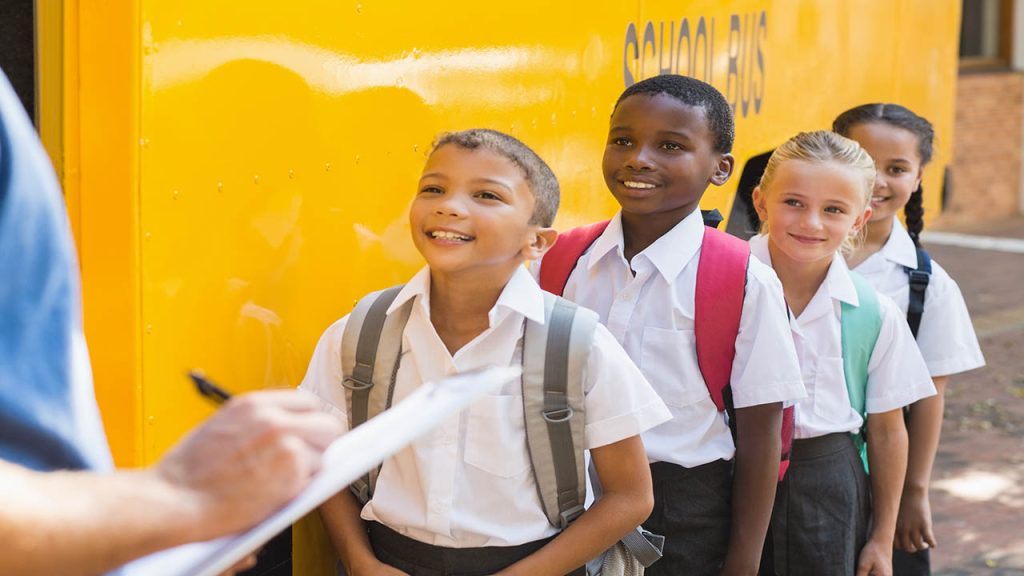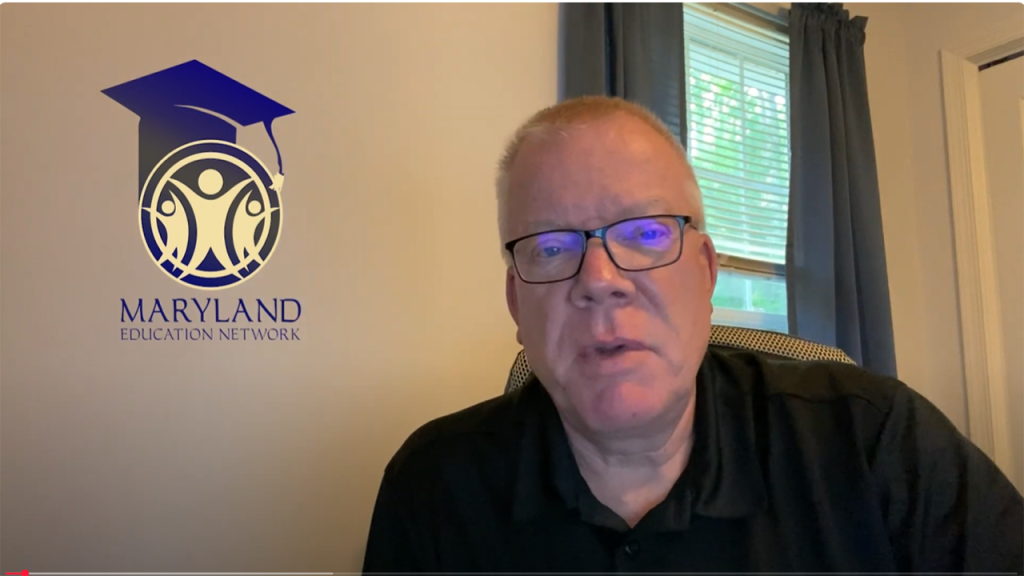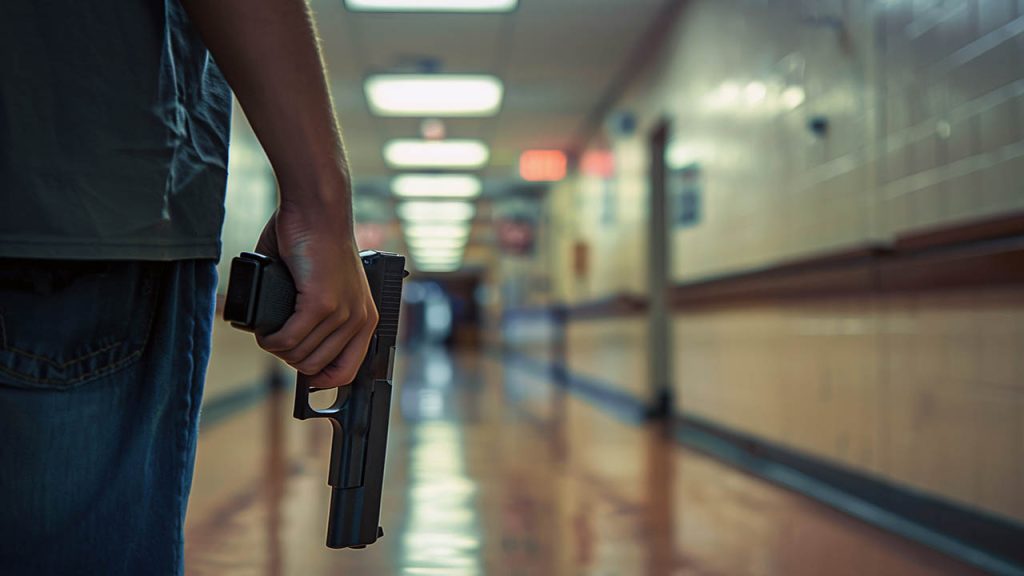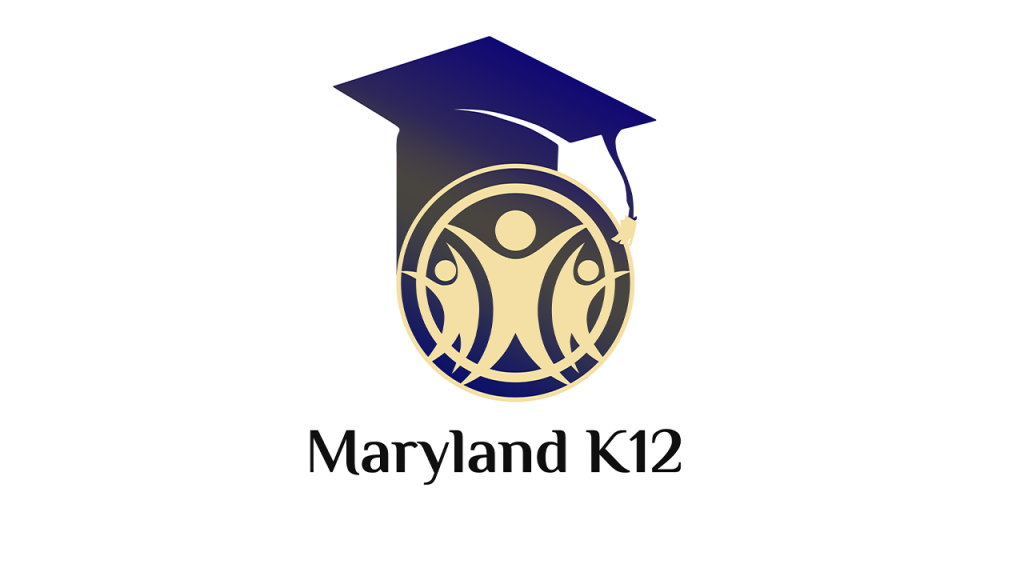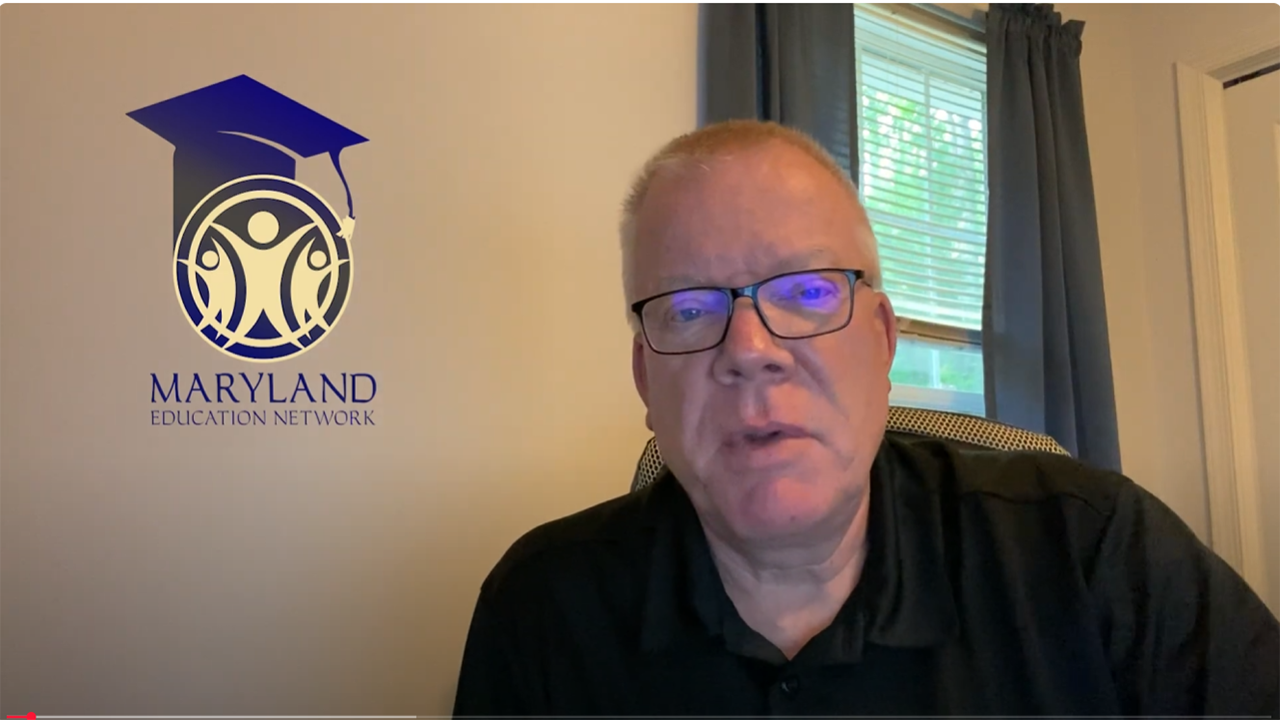
6 More States Will Soon Let Almost All Students Attend Private School With Public Money
A major push in state legislatures this year means nearly all students in six more states will soon be able to use public money to attend private schools.
The proliferation of new or expanded private school choice programs that have universal or near-universal eligibility marks major momentum for school choice advocates who have dubbed 2023 “the year of universal choice.”
So far this year, lawmakers in 14 states have passed bills establishing school choice programs or expanding existing ones, and lawmakers in 42 states have introduced such bills, according to EdChoice, a nonprofit that tracks and advocates for school choice policies, and FutureEd, a Georgetown University-based education policy research center.
Six of the 14 states—Arkansas, Florida, Indiana, Iowa, Oklahoma, and Utah—have passed school choice policies making programs universal or near-universal over the next three years. They join Arizona and West Virginia, which in recent years either established or expanded education savings accounts and made them available to virtually all students. That brings the total number of states where virtually all students will be able to use public funds for private schools to eight.
“Private school choice is not a new thing, but what we’re seeing now is very new,” said Bella DiMarco, a policy analyst at FutureEd who tracks private school choice policy. “This is really the universal year.”
School choice advocates in eight other states, including Alabama, Idaho, Montana, Nebraska, New Hampshire, South Carolina, Tennessee, and Wyoming, didn’t manage to pass laws making choice programs universally available, but they did succeed at increasing the number of students who can participate.
In Wisconsin, a bill that would give parents more money through state voucher programs awaits a signature from Democratic Gov. Tony Evers, who has indicated he will sign it. And in North Carolina, a bill that would make the state’s Opportunity Scholarships Voucher Program universal has passed the state’s House and is making its way through the Senate.
The policies dramatically expanding school choice have primarily taken three forms:
- Education savings accounts (ESAs), which let parents use an allocation of public money to cover a wide range of education expenses including private school tuition and homeschooling costs;
- Vouchers, which provide a set amount of money to cover private school tuition; and
- Tax credit scholarship programs, which allow businesses and individuals to receive tax credits for donations to organizations that provide private school scholarships.
While the policies have proven popular in Republican-run states, some, including in Ohio and Arkansas, have faced legal challenges.
Universal policies gain momentum
Traditionally, tax-credit scholarships, ESAs, and vouchers have limited both who is eligible and how money can be spent, said Liz Cohen, policy director at FutureEd.
“Historically, when we’ve thought about school choice in the United States … it’s usually around the idea that students who are either stuck in a failing school or aren’t succeeding in the school they’ve been assigned to, and they’re low-income families that might not have the ability to move to a better school district or pay for private school, that they should have some kind of options,” Cohen said.
That has all changed with the introduction of universal school choice policies, often in the form of ESAs. Those programs allow parents to use public dollars to cover educational expenses, including private school tuition, therapy for learning disabilities, and homeschooling, regardless of where they live, family income, or whether their student has a disability.
Because the policies are expansive, they come with many potential challenges, Cohen said. Many universal ESA programs don’t require students to undergo standardized testing as they would in public schools. And depending on the number of students who use the programs, public schools could see a related drop in funding later down the line and lawmakers won’t be prepared to cover the programs’ costs for all families who want to enroll.
State data have shown that funding through the universal choice programs often goes to students who are already enrolled in private schools. Last year, the Arizona education department reported that 75 percent of students who applied for the state’s universal ESA program had never attended public school.
Not all programs will start immediately
Some states that passed universal policies have tried to mitigate concerns about taking funding away from public schools by phasing the programs in over multiple years.
In Arkansas, the state’s Educational Freedom Account program, which was included in the expansive Arkansas LEARNS Act this year, limits eligibility to students with disabilities, homeless students, foster care students, active-military families, and students living in group homes or facilities in 2023-24.
In 2024-25, the program will open to students who attend D- or F-rated schools, students whose parents are military veterans, children of first responders, and children of police officers, with a cap of 3 percent of the total public school enrollment. Then in 2025-26, every Arkansas student will be eligible.
South Carolina is taking a similar approach, although its program doesn’t reach full universal status.
Eligibility for the South Carolina Education Scholarship Trust Fund Program starts with families making 200 percent of the federal poverty level or less in 2024-25 and is limited to 5,000 students. That will increase to 300 percent in 2025-26 (and 10,000 students) and 400 percent, with an ongoing cap of 15,000 students, by 2026-27.
A tough sell in rural communities
While there have been many victories for school choice advocates, the policies haven’t gained support everywhere. It’s been especially hard to get rural areas where private school options are limited and local schools are a central point in community life on board.
Republicans in Texas, for example, have tried for years to establish a private school choice program but have failed because of a lack of support from rural lawmakers. Lawmakers this year introduced 13 private school choice bills in the state, all of which failed to pass.
“In rural areas, the local school is the community,” state Sen. Breanne Davis, a Republican who sponsored the Arkansas LEARNS law, said during a FutureEd webinar on June 7.
“It’s where everyone goes to the Friday night football games. You know every teacher in the school system, and teachers know the name of every single kid in that school district… So I think there’s fear—fear of the unknown of something they’re not used to and fear that there are not enough students in their school district to keep their school district open.”
What this means for public schools
The push for private school choice could have implications for public schools.
For one, some states fund vouchers and ESAs by allowing the per-pupil allocations that would otherwise go to public schools to follow participating students to the private schools where they enroll. And the programs aren’t always subject to the same accountability, data transparency, or equity obligations that public schools have.
In addition, the rhetoric surrounding private school choice can often feed into a distrust of public schools.
School choice has been a major component of a push across the country for “parental rights” through which conservative parents, school board members, and lawmakers have pressed for policies restricting school curricula and materials—such as library books—related to racism, sexuality, and gender identity. As part of that push, conservatives often accuse schools of “indoctrinating” students with ideologies related to gender, sexuality, and race.
Florida’s Republican governor, Ron DeSantis, a champion for parents’ rights activists who is now running for president, has signed legislation restricting how schools can address race, gender, and sexuality, and expanding school choice.
Cohen said she’s most concerned that the programs lack accountability, meaning states will fund students’ private school tuition without having any real way of knowing whether those students perform better in their new school.
“My concern is more that we’re going to have spent a lot of public money without a lot of transparency, and we won’t really know what we’ve got for it, and we won’t know if kids are better off,” Cohen said. “I think we have a moral obligation to know what’s happening with taxpayer money. If we’re going to demand transparency with COVID stimulus dollars, then I think it’s fair to demand transparency and accountability with ESA dollars.”
Both Cohen and DiMarco dismiss concerns that the policies will lead to a mass exodus of public school students. In Arizona, enrollment in the state’s ESA program—which is the nation’s oldest and saw a major eligibility expansion last year—totals about 5 percent of the state’s public school enrollment, according to state figures.
“Most people end up sending their kids to schools either in the same district they went to or even where they went to school, and they love those schools,” Cohen said. “They love those schools irrationally. Even when you tell them those schools are terrible, they still want their kids to go there. So I don’t think there is going to be this big exodus.”
Dig Deeper With Our Longreads
Newsletter Sign up to get our best longform features, investigations, and thought-provoking essays, in your inbox every Sunday.
The MEN was founded by John Huber in the fall of 2020. It was founded to provide a platform for expert opinion and commentary on current issues that directly or indirectly affect education. All opinions are valued and accepted providing they are expressed in a professional manner. The Maryland Education Network consists of Blogs, Videos, and other interaction among the K-12 community.

